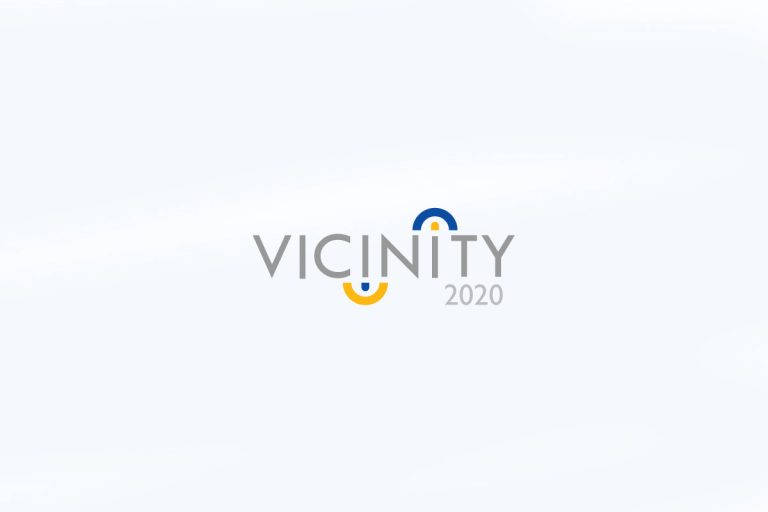Research Details
- Funding Organization : European Commission
- Funding Programme : IST: Information Society Technologies
- Duration : 36 months
- Total Budget : 2,540,911 EUR
- ITI Budget : 573,717 EUR
- Scientific Responsible : Dr. Dimitrios Tzovaras
Description
The ENORASI project aims at developing a highly interactive and extensible haptic virtual reality (VR) system that will allow visually impaired people, especially those blind from birth, to study and interact with various virtual objects. ENORASI will not only introduce techniques for the training of blind people based on their haptic interaction with virtual objects, but will also provide case studies for their training through interaction, manipulation and modification of objects of complex shapes.
The greatest potential benefits from virtual environments (VE) built into current VR systems, are in such applications as education, training, and communication of general ideas and concepts. The technical trade-offs and limitations of the currently developed VR systems are related to the visual complexity of a VE and its degree of interactivity.
The main objective of the project is to develop a complete training system for the blind based on haptic VR techniques. The challenging aspect of the proposed VR system is that of addressing realistic virtual representation without any visual information. An immersive haptic virtual environment (VE) will be created, simulating the real world guiding them through all the phases of the training procedure. The training system will be oriented towards:
1. Recognising objects that are likely to meet in real life in their home, outdoor or working environment.
2. Recognising complex virtual objects (not easily accessible in their real life, such as complex buildings, airplanes, famous archaeological objects, mountains, 3D maps, wild animals, etc.) with special attention to people that are born blind and therefore have no visual clue of the object shape.
3. Interacting with virtual objects and understanding their physical characteristics (smoothness of surface, complexity of shape, constituting elements of multipart objects, etc.)
Facilitating the participation of the visually impaired users in an educational or entertainment environment (such as learning through query on the shape of the objects, participation in virtual art activities with the guidance of virtual guides, etc.).
4. Navigation into complex VEs based on haptic information and guidance from virtual guides implemented with the VR agents (use haptic information as a tool to aim navigation into virtual rooms, crowded streets, etc.).
Objects from large multimedia databases such as 3D encyclopaedias will be used for training. 3D environmental sound will be used as an additional clue for navigation into complex environments, and surface texture will be simulated by the haptic VR device, in order to enhance the understanding of each specific object. In regard to the hardware requirements of the system, these are limited to an off-the-shelf force feedback haptic device; visual information is not required at all, only sound and tactile feedback will be incorporated in the whole system.
Another objective of the project is the provision of virtual reality training cases for blind, based on their immersion into highly interactive rule-based virtual worlds. This will allow the application of emerging technological innovations into traditional training procedures and the establishment of novel methods and practices for easier and more successful rehabilitation of functionally impaired humans. Intelligent virtual guides (agents) will also be developed, interacting with the user and guiding him for enhancing the perception of the virtual objects.
The project will produce five main outcomes:
1. A usability study of innovative virtual reality systems for the training of visually impaired.
2. The ENORASI virtual reality training case studies where complete pilot training scenarios will be implemented and tested for injury-less and strain-less training.
3. The ENORASI virtual reality blind training system consisting of the haptic VR system and the VR agents implementing the specific training case studies.
4. An international conference into Virtual Reality Applications in Training of Visually Impaired Humans.
5. A white paper providing technology standards and infrastructure guidelines for the setting up of VR based training systems for the visually impaired persons.
From a technical point of view, the ENORASI project introduces completely innovative non-visual virtual reality techniques that will help training blind people into feeling, understanding and interacting with virtual objects. The project’s technological objectives include development, testing, and evaluation of new approaches that will serve the project purposes including:
- Development of a high sensitivity virtual reality haptic system for training supporting object interaction, manipulation (rotation, clutching, etc.), modification and query.
- Development of novel virtual intelligent agents guiding visually impaired humans and consulting them when interacting with the virtual objects, in the way that real guides would.
- Development of a metadata scheme for efficient representation of texture, applicable to a wide range of 3D models of physical objects to be used in forming a set of virtual worlds along with an additional object inference database defining the rules for object interacting.
- Development of realistic 3D sound rendering systems.The business oriented objectives for ENORASI include the promotion of powerful solutions for the training of functionally impaired humans and the definition of the commercialisation and exploitation potential of ENORASI.
The definition of the functional specifications of ENORASI will be driven by an analysis of the needs of real world users participating in the project as partners. These partners will also test and validate the outcomes of ENORASI; The evaluation phase will provide valuable information for the dissemination and the future exploitation of the product.
The results of the project will be disseminated through the establishment of demonstration sites, the organisation of an international conference on Haptics in Virtual Environments, presentations at international key events, and the publication of a white paper. Finally, a European Economic Interest Group (EEIG) will be established by the ENORASI consortium for the exploitation and marketing of the outcomes of the project world-wide.
Consortium
- Systema Informatics S.A.
- Informatics and Telematics Institute
- Fraunhofer Institute for Factory Operation and Automation
- Certec Lund University
- Czech Technical University
- Universidad Politechnica de Valencia
- NAVIMETRIC S.A.
- Local Union of Central Macedonia of the Panhellenic Association of the Blind


